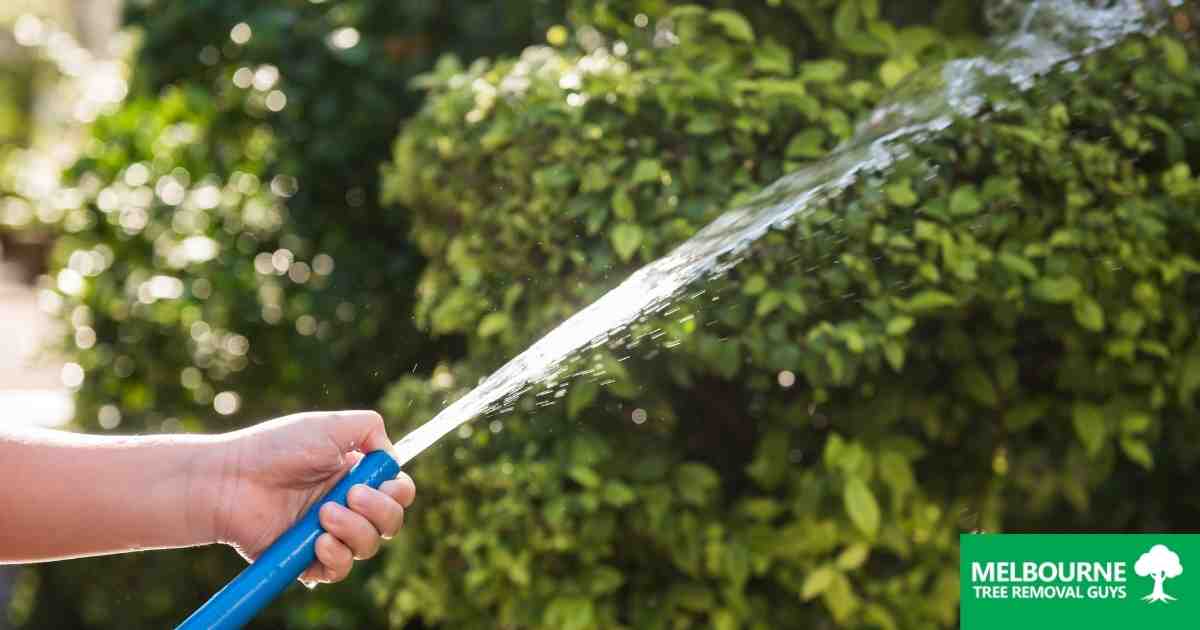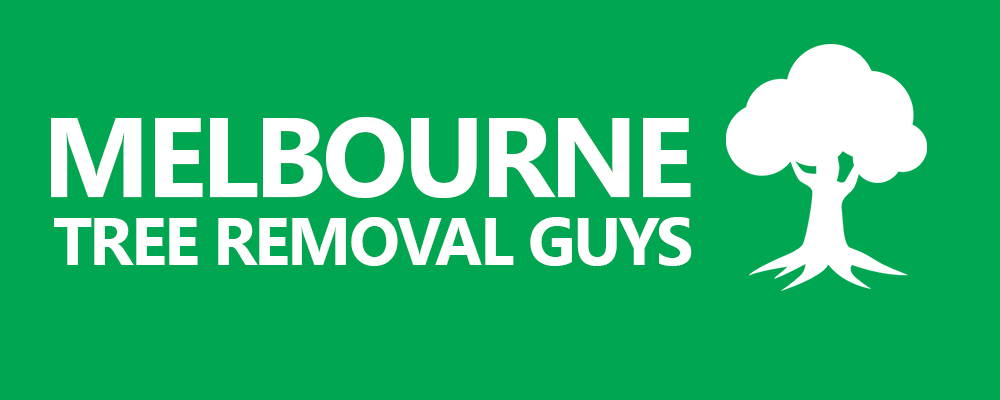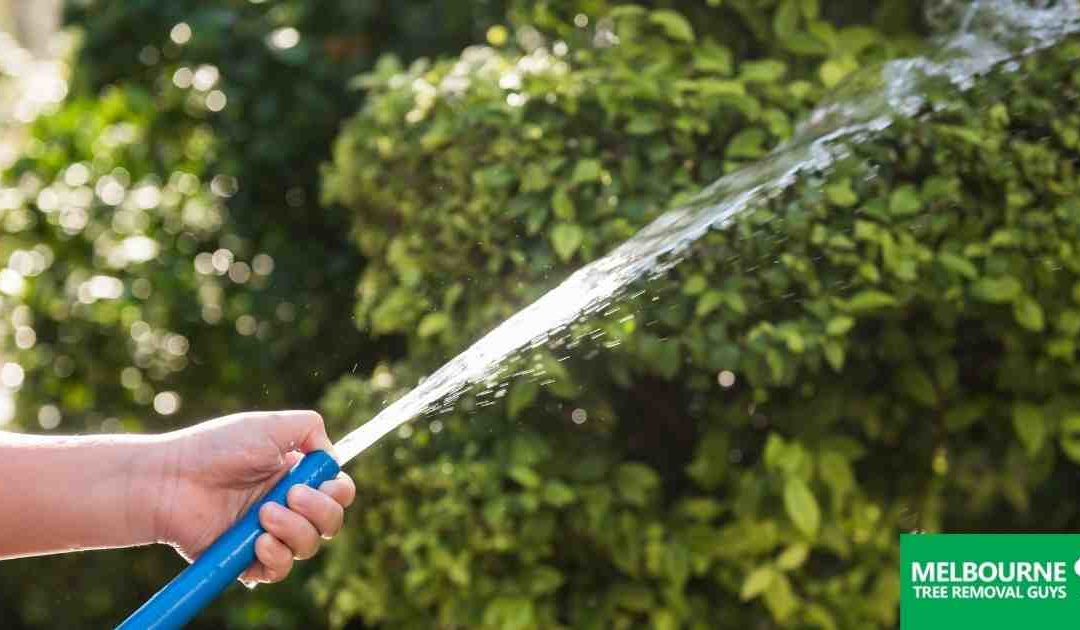The assumption that rain will provide the necessary irrigation needs for your trees to survive and thrive is false. As a homeowner or business owner, watering your trees can change the longevity of your tree when climatic conditions such as droughts, or wet seasons come about.
Watering Newly Planted Trees Requirements
Watering newly planted tree’s requirements are based on the irrigation needs of the tree. Like us, trees evolve and grow over time, and so do their irrigation needs. The irrigation needs of a tree are based on age, the signs a tree needs watering, the time of year, and the weather conditions.
Varying Ages
Newly planted trees are reliant on homeowners to properly irrigate in the root ball area. The root ball area is located directly below the trunk. Due to their lack of an extensive root system, watering newly planted trees should be done regularly for close to two years after the initial planting.
It is no surprise that mature trees have a developed root system. A developed root system is grown when a newly planted tree receives the irrigation and nutrients necessary to become established. However, once established, some tree species need added watering, and some do not. The best way to test if trees need added water is to push a screwdriver into the soil surrounding the trunk of the tree. If the screwdriver passes easily, the soil is still moist. If it takes a little bit for the screwdriver, the soil is dry and it is a sign a tree needs watering.
Time of Year
Summer is the hottest and driest time of the year. At the beginning of the summer season, trees store the moisture they acquired over the winter. Later in the summer, you will find this moisture has been expended, resulting in the need for watering newly planted trees. Expended moisture, as stated above, is indicated by using a screwdriver around the trunk of the tree.
Weather Conditions
When experiencing a drought, the acquired moisture stored in the soil is used up almost instantaneously. This makes the need for continual irrigation increase in tree species that would normally thrive without continual irrigation. Newly planted trees should be watered weekly and deeply with 5 to 15 gallons. Mature trees can be watered monthly if water retention reaches 8 to 12 inches.
Years producing high rainfall are known as wet years. These years require very little to no extra irrigation. Copious amounts of rainfall generally require irrigation in early or late summer, which is tested by poking in the ground with a screwdriver.
Irrigation Location
Mature and new trees can both achieve their irrigation needs through varying types of watering applications. These water applications can include sprinklers, drip irrigation, bucket dumping, and a simple hose.
As stated before, watering newly planted trees is tricky due to the root ball area being more susceptible to drying out due to their lack of an extensive root system. To combat against dry out, regularly irrigating the root ball area, located directly below the trunk, and checking moisture sustainability is suggested for the first month or two. A new tree’s “regular” water pattern should occur weekly depending on moisture sustained from the last irrigation regiment.
Mature trees have a developed root system that expands far beyond the canopy of the tree. The canopy is described as the upper layer of the tree or the section with leaf growth. The outer sections of the canopy, or leaf area, is known as the dripline. Between the outer half of the canopy and the dripline is where irrigation is suggested. This is to ensure all roots that extend beyond the canopy are accounted for. Most tree roots are in the upper 12 to 18 inches of the soil, which means this should be the target area when irrigating a tree. A sprinkler works best for mature tree watering.
Irrigation Rule of (Green)Thumb
Hose
Hoses make the job of watering a tree easy; so, after your long day of work, grab that hose and give your tree a drink! A convenient practice is turning the hose to a slow dribble and place, depending on the age of the tree, within proximity of the trunk, or within the dripline, for thirty minutes, and rotating to ensure every part of the tree is watered.
If the tree is mature, this process will range anywhere from 2 to 3 hours. This process is longer because moving the hose farther and farther out into the dripline is suggested to ensure the extensive root system is accounted for.
Soaker Hose
A soaker hose allows for small beads of water to escape to the extent that the hose is turned on for. Wrapping the hose around the trunk in the shape of a swirl is suggested for equal irrigation. This process should take an hour or more depending on the tree and moisture retention.
Sprinkler
If a sprinkler is the irrigation method of choice, the water pressure should be turned down to ensure the leaves are not being hit, as the irrigation process does occur below the tree itself.
Bucket
If you do not have a hose, soaker hose, or sprinkler, a bucket is a perfect option. When using a bucket, it is important to ensure that run-off or pooling does not occur due to dumping too much water around the tree too quickly. If this does occur, allow the water to soak in, and begin again if you believe the water you dumped did not soak 12 to 18 inches deep in the soil.
Melbourne Tree Removal Guys – All Tree Cutting & Other Services. Tree Services, Stump Grinding, Emergency Tree Removal Experts In Melbourne!
Click here to read more articles regarding tree removal & related services.
If you are in Eumemmerring and looking for Melbourne Tree Removal Guys, below is the best way to visit us.
Melbourne Tree Removal Guys
26 Fleetwood Dr
Narre Warren VIC 3805
https://treeremoval-melbourne.com.au
*Find us on Google Map



Recent Comments